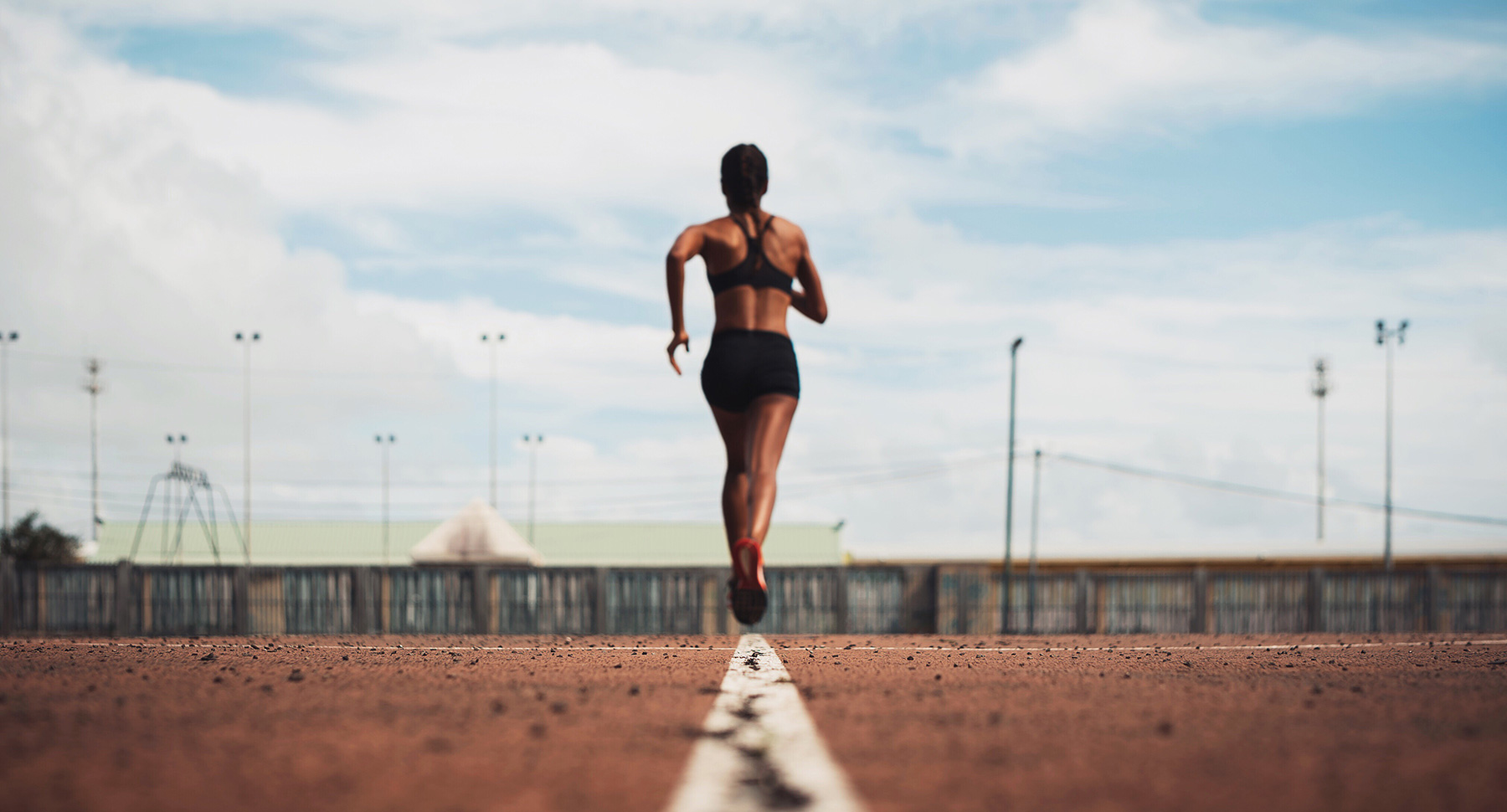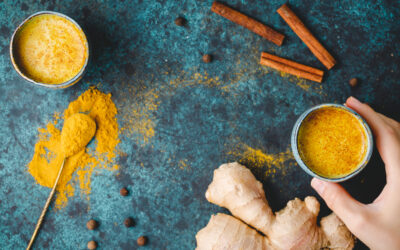This is an evidence based exploration, not medical advice. In the United States there are no FDA approved exosome products; clinics advertising “exosome therapy” or “stem cell therapy” for joint pain, recovery, or performance are marketing unapproved biologics, and therefore these options must be discussed with a licensed physician. If you’re a tested athlete, most exosome uses aren’t categorically banned, but there are scenarios that can violate anti doping rules (e.g., red blood cell contamination or adding prohibited growth factors). Keep those guardrails in mind as you read.
What are UC MSCs and their exosomes?
Umbilical cord Medicinal Signaling Cells (UC MSCs), more popularly known as Mesenchymal Stem cells, are multipotent cells isolated from Wharton’s jelly; they secrete a cocktail of bioactive factors, many packaged into exosomes (30–150 nm extracellular vesicles) that carry proteins, lipids, and nucleic acids. In sports medicine reviews, exosomes are framed as the cell free “payload” behind many MSC effects: immune modulation, pro angiogenic signaling, matrix remodeling, and potentially metabolism tuning roles during and after exercise. (Frontiers)
Mechanistically, two themes matter for athletes:
- Paracrine immunomodulation & tissue repair. Exosomes influence macrophage polarization, reduce inflammatory cytokines, and can nudge resident stem/progenitor cells toward repair. In tendon bone healing models, stem cell exosomes improve integration and remodel collagen and matrix, an indirect route to restoring range of motion after injury. In simple athletic terms this translates into a faster recovery time and improving the likelihood of injury prevention. Athletes, not only those competing at higher levels but ‘weekend warriors as well, can accumulate micro-tears and injuries that may not register to them. Eventually the tissues breakdown more and more until and acute and obvious injury happens. (BioMed Central)
- Bioenergetics & mitochondria. MSCs can transfer mitochondria or mitochondrial components (sometimes via vesicles), rescuing damaged cells’ ATP production and oxidative phosphorylation. That’s established in multiple preclinical systems, even if the “how much” and “how often” questions in healthy human muscle remain unanswered. This could potentially mean more energy reserves for an athlete. (BioMed Central)
What has actually been shown so far in published research?
Muscle mass, strength & endurance (animal data).
Two lines of evidence stand out. First, clinical grade hUC MSCs (live cells, not exosomes) restored grip strength, anti fatigue performance (rotarod), and muscle fiber size in aging mouse models, while increasing satellite cell markers and autophagy and decreasing senescence signaling. That’s a credible preclinical signal that UC MSCs can tune pathways athletes care about (fiber size, quality, and fatigue resistance). (Nature)
Second, hUC MSC–derived exosomes (hUCMSC Exos) have now been tested in a senescence accelerated mouse model of sarcopenia. After IV exosomes for 12 weeks, mice showed better muscle “performance,” improved mitochondrial biogenesis, and shifts in anabolic signaling (p mTOR, SIRT1/PGC 1α) in gastrocnemius, consistent with enhanced energetic capacity and protein synthesis. You can read that as an exosome specific echo of the cell therapy findings above. Still preclinical, but mechanistically rich. (BioMed Central)
Joints, pain, and function (human OA).
For on field “flexibility” and joint function, cartilage centric data matter. A phase I dose escalation trial of intra articular UC MSCs in knee osteoarthritis reported safety and clinically meaningful 3–6 month improvements on WOMAC (pain/function), with more swelling at the highest dose, suggesting a therapeutic window exists. A 2024 meta analysis pooling UC MSC knee OA RCTs also found reduced WOMAC scores and better Lysholm function versus control, with the standard caveats about sample sizes. (OUP Academic)
A 2025 preclinical to clinical study reports that hUC MSC exosomes reduced inflammatory markers, improved cartilage histology in OA mice, and, in a randomized, double blind ascending dose human study, were well tolerated with signal level improvements on scores and MRI comparisons. This is early clinical work (small, short term), but it moves exosomes beyond bench models in a joint health context. (BioMed Central)
Cognition & neuroinflammation (animal data).
MSCs’ extracellular vesicles improved hippocampal neurotransmission and learning/memory in rats with minimal hepatic encephalopathy by dampening microglial activation and normalizing glutamate receptor subunit expression. That’s not exercise cognition per se, but it shows vesicle mediated, CNS penetrant anti inflammatory effects that could be relevant to neurofatigue or recovery after concussive stress—again, cautiously extrapolating. (BioMed Central)
Sports medicine synthesis.
A recent mini review argues exosomes may aid muscle injury repair, articular cartilage recovery, and possibly performance via exercise responsive “exerkines” carried in circulating exosomes. That’s a hypothesis supported by mechanistic and animal data; clinical performance trials are still missing. (Frontiers)
Note: This isn’t an exhaustive review, only a snippet of some of the research out there.
Where could UC MSC or their exosomes help an athlete—in theory?
- Recovery. Blunting excessive post exercise inflammation while nudging macrophages toward a pro resolution phenotype could shorten downtime and reduce fibrosis after micro or macro injuries. Tendon bone healing data with stem cell exosomes (not always UC derived) highlight improved matrix remodeling and integration—mechanisms that could translate to more durable returns from soft tissue injuries. (BioMed Central)
- Cell energy. By improving mitochondrial biogenesis (PGC 1α/SIRT1) and potentially donating mitochondrial content, exosomes may raise ATP availability and oxidative capacity under stress. That’s attractive for endurance and repeated sprint tasks. (BioMed Central)
- Strength & power. The UC MSC cell studies show increased fiber CSA, restored fiber type balance, and better grip/anti fatigue behavior in aged mice. It’s plausible that exosomes capture part of that effect, but no study has yet linked UC MSC exosomes to measurable 1RM or power outputs in trained humans. At least not yet! But I bet it’s looming for the future. (Nature)
- Flexibility & joint function. Intra articular UC MSC trials and the early UC MSC exosome OA study both point toward less pain and improved joint structure/function. That could secondarily improve ROM and flexibility by reducing pain limiting mechanics and synovial inflammation. Confirmation in athletic cohorts is still needed. (OUP Academic)
- Cognition. Vesicle mediated reductions in neuroinflammation and receptor level normalization in animal models raise the possibility of faster cognitive recovery after exhausting sessions or head impacts. This remains speculative in athletes but is biologically plausible. (BioMed Central)
Absolutely—let’s tilt this toward vision, momentum, and what’s possible, with just a touch of prudence.
The hopeful case for UC MSCs and their exosomes
Picture your body with a world class pit crew working between sessions. That’s the promise of UC MSC biology: not a magic wand, but a smarter way to help tissues settle inflammation, rebuild cleaner, and come back ready for the next demand. Exosomes ,the tiny messengers UC MSCs release, carry signals that whisper “repair, organize, energize” to the cells that need it most. For an athlete, that could mean steadier training blocks, fewer detours, and more days when the body simply does what you ask of it.
Think recovery first. Hard training leaves micro damage and noise; the athletes who win aren’t the ones who avoid stress, they’re the ones who resolve it faster. UC MSC derived exosomes are being studied for nudging the immune response out of overreaction and into resolution, less swelling that lingers, more remodeling that matters. Translate that into real life and you get this: you finish the session sore-but-solid, sleep well, eat right, and wake up able to go again. Stack enough of those days and you start to feel like momentum has a body.
The “engine room” of performance lives in your mitochondria. Early work suggests UC MSC pathways can support mitochondrial housekeeping and biogenesis, the cellular version of better spark and cleaner combustion. If that holds up in athletes, the result isn’t fireworks; it’s a deeper fuel tank and fewer dips when the clock hits the red. You don’t just push through fatigue—you redefine when it arrives.
Joints and movement quality matter, too. When pain turns down and tissues glide, technique cleans up. UC MSC research in joint health points toward calmer synovial environments and more resilient cartilage matrices. In plain terms: knees that feel quieter, hips that open, tendons that act like springs instead of brakes. Better range, better rhythm, better reps = better performance.
Don’t sleep on the brain. Training asks for focus, decision speed, and emotional control, especially when you’re tired. The most exciting idea here is that exosome signals might help the brain’s recovery conversation stay tidy after hard hits. Leading to improved clarity. Imagine the late game you that still sees the field, still chooses well, still trusts the body to execute.
Here’s the bigger picture: UC MSCs and their exosomes won’t replace coaching, sleep, or nutrition. But they might become the force multiplier that lets those pillars work even better. The win won’t look like a miracle; it’ll look like consistency. You string good days together. Small gains compound. The ceiling rises because the floor did. Every experienced athlete knows improvements are made through compounding, like earning interest on investments. Consistency is key.
A little smart caution keeps this progress real. Quality and dose matter with biologics—stick to medical teams who can explain exactly what you’re getting and why. Regulations are evolving, and if you’re in a tested sport, get written clarity before any procedure and secure a Therapeutic Use Exemptions (TUE) when appropriate. This isn’t about fear; it’s about protecting the season you’ve worked to build.
If you’re an athlete reading this, take heart: we’re entering an era where recovery isn’t just passive rest—it’s active biology. UC MSC science points toward a future where your body learns to reset faster, power steadier, and move cleaner. Keep training like a pro, keep your standards high, and let the science, carefully and responsibly, help you turn consistent effort into exceptional outcomes.
Bottom line
Could UC MSC and their exosomes improve athletic ability?
Possibly, indirectly via faster recovery, better joint function, and improved cellular energetics. The animal and clinical reports (especially in sarcopenia and osteoarthritis) are consistent with that narrative. But we don’t yet have athlete grade evidence for meaningful boosts in strength, flexibility, endurance, or cognition in healthy, trained humans, and the regulatory/doping landscape demands caution. While an intellectual answer would be filled with skepticisms and well-controlled clinical trials, I fell the there’s enough evidence to move forward with actual applications on athletes. (Nature)
Research doesn’t always translate into clinical application, with research having it’s limitation in being timely and expensive. Those in clinical practice already utilizing regenerative medicine on athletes have seen significant improvements reported from athletes.
We do have rumors and some reports of athletes receiving various regenerative procedures over the years. Max Scherzer, Josh Hamilton, and Jack Nicklaus have openly discussed receiving stem cell injections. It’s been rumored that Kobe Bryant and Tiger Woods regularly received stem cell treatments. Mike Tyson is quoted as feeling like “a different person” after various therapies that included stem cells. A quick social media or Google search can easily highlight the vast numbers of athletes exploring these options.
Remember, the term “stem cell” gets thrown around very loosely. Some clinics or doctors even market platelet-rich plasma (PRP) as “stem cells”, while others promote commercially available biological products as “stem cells”. While these aren’t necessarily bad, they can be misleading and aren’t specific to the research that uses live cells. It’s important to find an experienced clinician in the field if one is to explore using these options.
Five published studies worth knowing (and why)
- Wang et al., 2023 (Cell Death & Disease): Clinical grade hUC MSCs improved grip strength, anti fatigue performance, fiber size, and autophagy/senescence pathways in aging mice. (Cells, not exosomes; strong mechanistic read through.) (Nature)
- Huang et al., 2025 (Stem Cell Research & Therapy): hUCMSC Exos improved muscle performance and mitochondrial biogenesis; upregulated p mTOR and SIRT1/PGC 1α in sarcopenic mice. (Exosome specific, muscle focused.) (BioMed Central)
- Matas et al., 2024 (Stem Cells Translational Medicine): Phase I dose escalation UC MSC trial in knee OA—safe across doses, with WOMAC improvements; injection site swelling at highest dose suggests a therapeutic window. (Joint function proxy for “flexibility.”) (OUP Academic)
- Xiao et al., 2024 (Medicine): Meta analysis of UC MSC RCTs in knee OA shows reduced pain (WOMAC) and better function (Lysholm). (Aggregated human signal; small RCTs.) (Lippincott Journals)
- Wang et al., 2025 (J Translational Medicine): hUC MSC exosomes moved from in vitro/in vivo OA models to a small randomized, double blind ascending dose human study—tolerability with preliminary functional/MRI signals. (First clinical step for UC MSC exosomes in joints.) (BioMed Central)
(For broader mechanisms, see the sports medicine exosome mini review and mitochondrial transfer reviews.) (Frontiers)




